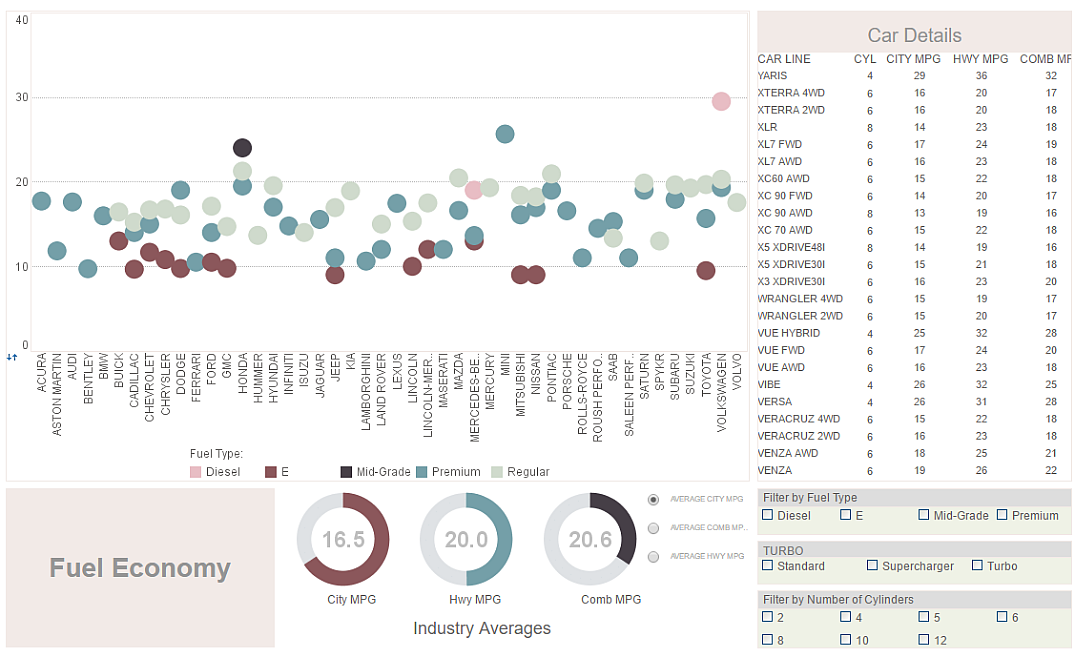Advice on Data Mashups
The DM Radio Webcast, “The Last Mile: Data Visualization in a Mashed-Up” from Information Management continues. The transcript of that Webcast, which was hosted by Eric Kavanagh and included InetSoft's Product Manager Jenny Lee and BI consultants William Laurent and Malcolm Chisholm resumes below:
Eric Kavanagh (EK): That’s a very good point. William, what Malcolm has just been talking about is very interesting, this source data analysis stuff, I wonder, you know we had a show a couple of weeks ago on data profiling and the importance of data profiling, I wonder if mashups can be used in that whole process. Especially when you have these very large organizations that have so many data sources. It can be a real mess trying to sort them out. And as Malcolm just said, sometimes you sort them out, and then they forgot, and you have to sort them out again. Is there a role for mashups in that very process of source analysis and understanding even what is out there?
William Laurent (WL): If there is, one of the vendors could speak to that more. I don’t see it. I see a perpetual cycle, continuing cycle of rolling up your sleeves, getting your hands dirty, and discovering. Business changes so quickly through mergers and acquisitions, through regulatory compliance, the speed of business is too quick. So I don’t see the silver bullet approach for getting your hands dirty. Where I am at now, we still have people going through COBOL copy books that are twenty-five years old, asking what does it all mean to really figure out the ontology of the data.
EK: Any final advice on data mashups?
Chiang: Yes, I do. This is to all the IT staff out there. Mashups make your life easier. You should try to facilitate for it. They really do. It obviously cuts down on the development time for developing new dashboards, whatever the case may be.
EK: And Jenny?
Jenny: I am actually going to second that. I think that instead of forcing users into subversive behavior, getting all the data out and playing with it in Excel, if IT actually embraces this idea and just sets up the playground for business analysts to help themselves, then you relieve the IT bottleneck. You relieve any communication disconnects. Everybody is happier.
Case Study: Harnessing Data Mashups in Human Genetics Research at Genomic Health Institute
Genomic Health Institute (GHI) is a leading research facility dedicated to understanding the genetic basis of human diseases. The institute's mission is to identify genetic variations that contribute to various health conditions and develop targeted therapies. The complexity of genetic research requires the integration of diverse datasets, from genomic sequences to clinical records and environmental data. To tackle this challenge, GHI adopted InetSoft's data mashup tool to streamline data integration and analysis.
Challenge
GHI faced several challenges in its research efforts:
- Data Silos: Genomic data, clinical records, and environmental datasets were stored in separate databases, making it difficult to perform comprehensive analyses.
- Data Volume and Variety: The sheer volume and variety of data types, including DNA sequences, patient histories, and environmental factors, required a robust system for efficient processing and integration.
- Complex Analyses: Identifying meaningful genetic variations involved complex statistical analyses and visualizations to uncover patterns and correlations.
- Collaboration: Researchers from different disciplines needed to collaborate effectively, sharing insights and data seamlessly.
Solution
GHI implemented InetSoft's data mashup tool to overcome these challenges. The tool facilitated the integration of disparate datasets, enabling comprehensive analyses and fostering collaboration among researchers.
-
Integration of Disparate Data Sources:
- Visuals Used: Network diagrams, data flow charts
- Data Sources: Genomic databases, electronic health records (EHRs), environmental monitoring data
- Implementation: Network diagrams illustrated the relationships between different data sources, while data flow charts mapped the integration process. This ensured seamless merging of genomic sequences, clinical data, and environmental factors.
-
Handling Data Volume and Variety:
- Visuals Used: Heat maps, cluster plots
- Data Sources: Whole genome sequences, phenotypic data, environmental exposure records
- Implementation: Heat maps displayed the distribution of genetic variations across populations, and cluster plots identified groups of related genetic markers. This helped researchers manage large datasets and discern patterns that might indicate disease susceptibility.
-
Complex Statistical Analyses:
- Visuals Used: Scatter plots, Manhattan plots, Kaplan-Meier curves
- Data Sources: Genomic data, patient outcome records
- Implementation: Scatter plots revealed correlations between genetic variations and disease traits, Manhattan plots highlighted significant genetic associations, and Kaplan-Meier curves showed survival rates based on genetic profiles. These visualizations enabled researchers to conduct detailed statistical analyses and identify key genetic factors.
-
Facilitating Collaboration:
- Visuals Used: Interactive dashboards, collaborative platforms
- Data Sources: Research findings, ongoing study results
- Implementation: Interactive dashboards provided real-time updates on research progress, while collaborative platforms allowed researchers to share data, hypotheses, and insights. This fostered a multidisciplinary approach, accelerating the discovery process.
Results
The adoption of data mashups significantly advanced GHI's human genetics research:
- Enhanced Data Integration: The ability to merge diverse datasets provided a holistic view of genetic influences on health, leading to more comprehensive analyses.
- Improved Data Analysis: Advanced visualizations and statistical tools enabled researchers to uncover complex genetic patterns and associations, accelerating the discovery of disease-related genetic variations.
- Accelerated Research Collaboration: The seamless sharing of data and insights among researchers from different disciplines promoted innovative approaches and expedited research outcomes.
- Targeted Therapy Development: Identifying key genetic factors allowed GHI to develop targeted therapies, improving patient outcomes and advancing personalized medicine.


